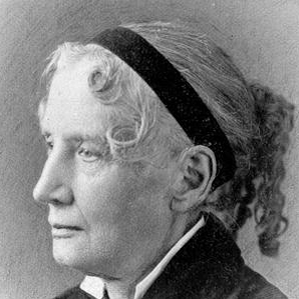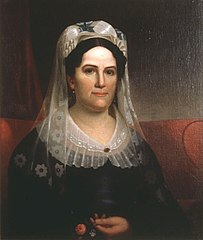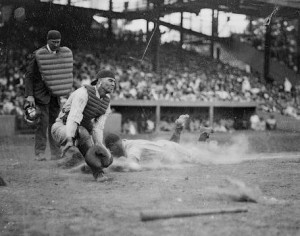David Brearley (born near Trenton, New Jersey, 1745; died Trenton, New Jersey, August 17, 1790) represented New Jersey at the Constitutional Convention. He suggested that the boundaries of the original 13 states should be re-drawn so that the states were about the same size, Obviously, his idea was not popular. Children could learn more at: David Brearley.
Jacques-Ives Cousteau (born Saint-Andre-de-Cubzac, France, 1910; died Paris, France, June 25, 1997) was a famous oceanographer. He became interested in the ocean when he was a gunnery officer for the French navy. He, along with Emile Gagnan, made the aqualung practical. He wrote more than fifty books and produced many films and documentaries about the ocean. He earned three Academy Awards for his work in films. Idea: Children could find out how the aqualung works.
Satoshi Kitamura (born Tokyo, Japan, 1956) has written and/or illustrated at least 66 children’s books. He moved to London in 1979 and began illustrating books. Ultimately he returned to Tokyo. His works include Stone Age Boy and Millie’s Marvelous Hat. Children can see and hear Elijah Wood read Kitamura’s Me and My Cat at: http://www.storylineonline.net/me-and-my-cat/.
Meg Medina (born Alexandria, Virginia, 1963) writes books for children. Her book Yaqui Delgado Wants to Kick Your Ass received the 2014 Pura Belpre Award. Mango, Abuela and Me was a 2016 Pura Belpre Honor Book. Her book Merci Suárez Changes Gears received the 2019 Newbery Medal. Children can learn more at: Meg Medina.
Robert Munsch (born Pittsburgh, Pennsylvania, 1945) is a children’s author who is now a Canadian citizen and one of Canada’s most prolific authors. He has written at least 75 books! He wrote among other works Moose and Too Much Stuff! Children can visit his website at: Robert Munsch.

Jeannette Rankin
Jeannette Rankin (born Missoula, Montana, 1880; died Carmel-by-the-Sea, California, May 18, 1973) was the first woman elected to the House of Representatives. A Republican from Montana, she served two different times, from 1917 to 1919 and from 1941 to 1943. She stated, “I want to be remembered as the only woman who ever voted to give women the right to vote.” A pacifist, she voted against the United States entering both World War I and World War II. Children could read a good biography, Jeannette Rankin: Political Pioneer by Gretchen Woelfle. Children could also learn more at: Jeannette Rankin.
Richard Georg Strauss (born Munich, Germany, 1864; died Garmisch-Partenkirchen, Germany, September 8, 1949) was a composer. One of his works is Also Sprach Zarathustra, composed in 1896.


 Connecticut, July 1, 1896) was an author. She is best known for Uncle Tom’s Cabin. The book greatly aided the abolitionist movement and may have been one of the main causes of the Civil War. Children can visit a website about her at:
Connecticut, July 1, 1896) was an author. She is best known for Uncle Tom’s Cabin. The book greatly aided the abolitionist movement and may have been one of the main causes of the Civil War. Children can visit a website about her at: 

